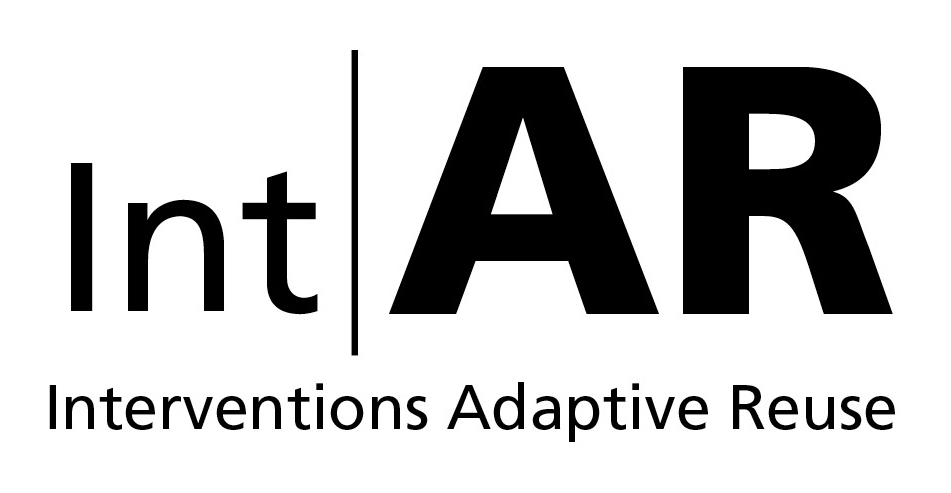WATER as CATALYST in Interventions and Adaptive Reuse
We contemplate water in all of its many different manifestations. From Scarpa's poetic use of water in the redesign for the Foundation Querini Stampalia in Venice and Luis Barragán’s reflecting pools to Kraanspoor, the reuse of waterfront infrastructure in the Amsterdam docks, the Moses Bridge’s provision of access to a restored 17th century waterline, the reuse of torpedo stations in the Baltic Sea, lifted foundations and floating communities designed for rising sea levels, water has served as an inspiration, a material, a (destructive) force, an auditory experience, a catalyst for architecture and design.
Adaptive reuse of water towers
Water towers are seen as monumental and eye catching structures in the urban and rural landscape, serving till now very well in the water distribution. Beside their value as a landmark, they are also witness of our industrial history and some of them are remarkable pieces of architecture and engineering. However, due to technical developments in the water distribution, water towers lose their function. The result is often the demolition of these architectural structures. Our research explores the potential for adaptive reuse of water towers. Firstly, we explore the fundamental characteristics of water towers through an historical study about the evolution of the typology. Based on these characteristics, we formulated a set of design parameters which need to be taken into consideration when transforming such structures for new use: 1. Circulation 2. Form and structure 3. Use of material 4. Incidence of light. Through the analysis of a selection of international examples of rehabilitated water towers, we describe how these design parameters can be developed. For each case, positive and negative aspects are discussed. This study shows how an overall functional construction opens a lot of flexibility by taking the design parameters we described as the base to the adaptive reuse of a water tower.
END OF EXCERPT
Re-Use of Industrial Heritage in Urban Waterfronts
As the International Committee for the Conservation of Industrial Heritage observed, the beginning of the C21 has seen considerable renewal in how industrial heritage is considered - its contribution to our understanding of the past and its place in the evolution of landscapes and societies. The paper starts from the proposition that getting at the meaning of places should not reside with professionals alone, but with the people who have used/occupied and construct their own meanings out of places and buildings.
The aesthetic and cultural ‘turn’ which substantially changed the approach to post-productive landscapes has been triggered by the wandering visions and by the experimental paths of some contemporary artists and designers, contributing to building innovative tools for interpreting post-industrial sites which dot the European landscape. One recognized prototype for these reconfigurations is the urban park, as realized in Seattle in the 1970s where the landscape architect Richard Haag countered the exhausted industrial complex as an urban park on the site of a disused gas plant.
END OF EXCERPT
(re)Made by Water
Obsolescence, Appropriation, and Regeneration of the New World Mall in Bangkok
In 1997, an extension to the New World Mall in central Bangkok was ordered to close by the Supreme Court of Thailand. Developers had been granted permission to construct only a four-story shopping mall that was built seven stories taller than planned. To conform to the requirements of the court order, the top seven stores of the eleven-story building were bulldozed. In 1999, arsonists attempted to burn the incomplete structure to the ground in retaliation for it being taller than, and thus disrespectful to, the Grand Palace. The removal of the roof and impact of the fire caused structural damages whereby the interior was exposed to the elements. Rains slowly flooded the ground floor into a pond that became a breeding ground for mosquitoes. In response, people living near the abandoned mall released fish into the ‘pond’ to combat the nuisance. It is estimated that the New World Mall internal waterscape holds approximately 3,000 fish of the mango, koi, and catfish species. Here, water has radically remade a place of consumption into an incremental ecology. Built over time at the intersection of human and natural forces, the New World Mall represents an unintented space of appropriation and compromise.
END OF EXCERPT





